[FREE Fitness Protocol] Apple Watch, Oura, Whoop: Do Health Trackers Really Help Us Live Better (or Do They Put Us in a Cage?)
We are more and more people wearing smart bands, watches, and rings. But do they really help us? I investigated. Let’s break it down.
⏩ In a rush? Jump to the end of the article for my biohacking movement protocol inspired by anthropology.
If you own several, pick the one that you use the most
Why I refused to wear an Apple Watch
For years, I refused to wear an Apple Watch.
The first time I tried, I quickly realized that notifications were nothing short of an aggression: they disrupted my focus (already fragile after 15 minutes on one subject!) and created low-level stress.
A University of California study showed that receiving more than 85 notifications per day significantly increases cortisol levels and disrupts concentration. Some people receive hundreds! Imagine the neurological impact long-term...
And let’s be honest: looking at your watch during a conversation is rude. Just as it is frustrating to face someone whose eyes constantly flick back to their wrist — as if the end of the world were about to be announced via a notification.
So I abandoned the Apple Watch.
My reluctant flirt with the quantified-self
I swore I’d never wear electronics on my wrist again… except during expeditions, where the Vertix (Coros) was useful for altitude management. But its bulky, masculine look discouraged me from daily use.
Then about 8 months ago, during an interview with renowned British biohacker Tony Wrighton, I told him — live — that I would never wear an Oura Ring.
But I underestimated the pressure of the biohacking world where almost everyone flaunts an Oura Ring, a Whoop strap, sometimes both — and often stacked with an Apple Watch. As if multiplying trackers would transform us into superheroes.
Result? Six months later, I gave in. Yes, I admit it.
The Oura revelation: decoding sleep
The first months with the Oura Ring were fascinating.
This ring helped me double my deep sleep thanks to precise adjustments.
According to sleep experts, Oura is currently the most reliable wearable on the market for tracking sleep cycles.
But soon, I noticed inconsistencies:
A 6.5-hour night with 1h45 of deep sleep and 2h of REM → score: 86 (okay but not optimal).
An 8-hour night with only 57 min of deep sleep → score: 95 (almost perfect).
This shows the algorithmic bias: Oura still relies on the industrial-era idea that humans need 8 standardized hours of sleep. Yet, as anthropologist Matthew Wolf-Meyer reminded us in The Slumbering Masses, biphasic sleep (two phases) was the historical norm.
Monophasic sleep (7–8 hours straight) is not genetic but cultural — imposed by factories, schedules, and artificial light.
[Free content] 💫 8 Hours of Sleep: The Big Lie
For decades, we've been told that "8 hours of sleep per night" is the gold standard for good health. But... is it really true? And where does this fixed idea come from?
Oura vs Whoop: who’s right?
Curious, I compared Oura with Whoop. The same nights gave very different data:
One called my night “magical.”
The other called it “terrible.”
A 30-minute difference in deep sleep (!).
So, who do we trust?
A Stanford chronobiologist told me during a conference:
“These devices are useful for spotting trends, but none are 100% accurate. What really matters is how you feel when you wake up.”
And what about physical activity?
Trackers muddy the waters here too. We’re told that “1h of exercise per day” and “10,000 steps” are enough. But those “10,000 steps” were a marketing invention by a Japanese pedometer manufacturer in 1965 (Manpo-kei, literally “10,000 step counter”). Zero scientific basis.
Our ancestors moved 6–8 hours per day naturally: hunting, foraging, escaping predators, building shelters. As anthropologist Herman Pontzer (author of Burn) reminds us, the human body is designed for constant, varied movement — not one isolated hour on a treadmill.
Even worse: some trackers “punish” us by saying we’ve done too much and need to recover. But if I run 1 hour in the morning, swim 1 km in the afternoon, and finish with a 5-minute ab blast, is that really too much? Obviously not.
The trap of numbers
The most ironic part? Once our “targets” are met — closing two rings, hitting 12,000 steps — we tend to stop. As if more movement wasn’t “useful.” False.
Anthropologists remind us: movement was not optional but a survival condition. Today, it’s a choice. And trackers, supposed to free us, often box us into artificial numbers.
That’s why I never rely on calories “burned” (wrong in 95% of cases), or whether I hit some arbitrary goal. I know I need to move, and as often as possible. So that’s what I do.
🏺 My Biohacking Protocol Inspired by Anthropology
==> Click here to download it <==
⚖️ Philosophy
Movement is not a “workout” to schedule in your calendar. It’s the foundation of human life.
Our hunter-gatherer ancestors moved 6–10 hours a day: walking, carrying, climbing, resting, sprinting.
🚶 Daily Baseline – Essentials
12,000–15,000 steps spread across the day.
Movement snacks every 45–60 min: squats, lunges, wall push-ups, stretches, or simply standing.
20–30 min of sitting on the ground daily → naturally improves mobility (hips, ankles, knees).
🏋️ Weekly Functional Mix (hunter-gatherer inspired)
Low-intensity endurance (5x/week) → 60–90 min walking, rucking, cycling. Mimics migration/foraging.
Carrying loads (2–3x/week) → farmer’s carries, sandbags, grocery runs without carts. 10–20 min.
Climbing/hanging (3x/week) → dead hangs, monkey bars, tree climbing. Start at 30s, build to 2 min.
Explosiveness (1–2x/week) → 10–20 sec sprints, ideally uphill. 6–8 reps, full recovery.
Bodyweight strength (3x/week) → push-ups, squats, lunges, planks, pull-ups. 20–30 min sessions.
🌿 Biohacking Add-ons
Nasal breathing during endurance → better oxygenation.
Barefoot walks (2–3x/week) → proprioception + inflammation reduction.
Morning sun exposure (no sunglasses) → resets circadian rhythm.
Binaural beats/podcasts during slow walks → body + mind stimulation.
🛌 Recovery (non-negotiable)
1 full day of active rest: mobility, light stretching, nature walks.
Hot/cold therapy → joint resilience.
👉 Move like your ancestors: most of the time slow, often strong, sometimes fast.
Final Thoughts
These devices can be useful for:
Building awareness of habits.
Testing interventions (nutrition, red light, meditation).
Observing trends.
But they must never replace how you feel. As I often repeat in my talks:
👉 “If you wake up full of energy, that’s more reliable than a score of 95 on an app.”
As my friend Dr. Gina Tobalina from the MAAM CLINIC once told me:
“I think you are giving Oura too much power or the algorithm too much credit. It is a tool, not Gospel.”
And she’s right: Oura, Whoop, Apple Watch — they are tools, not truth.
✨ Follow my Anthropology-Inspired Biohacking Protocol, test, measure, but never forget: your body is smarter than any algorithm.
So, what about you? Have you noticed inconsistencies between Oura, Whoop, or Apple Watch? Do these tools help you… or limit you?
✍️ Valérie Orsoni
Biohacker since 1998 • Longevity Expert
🎤 Guest Speaker – Global Longevity Webinar, Aug 23, 2025
🎙 Speaker – Biohackers World Conference, Miami, Nov 1–2, 2025
📍 Keynote – Longevity Leadership Conference, Verizon Innovation Lab, Mar 18–19, 2026
🎙 Speaker – Hypersanté Summit, Paris, Mar 21–22, 2026
🎤 Speaker – HealthSpan Summit, Oct 2–4, 2026


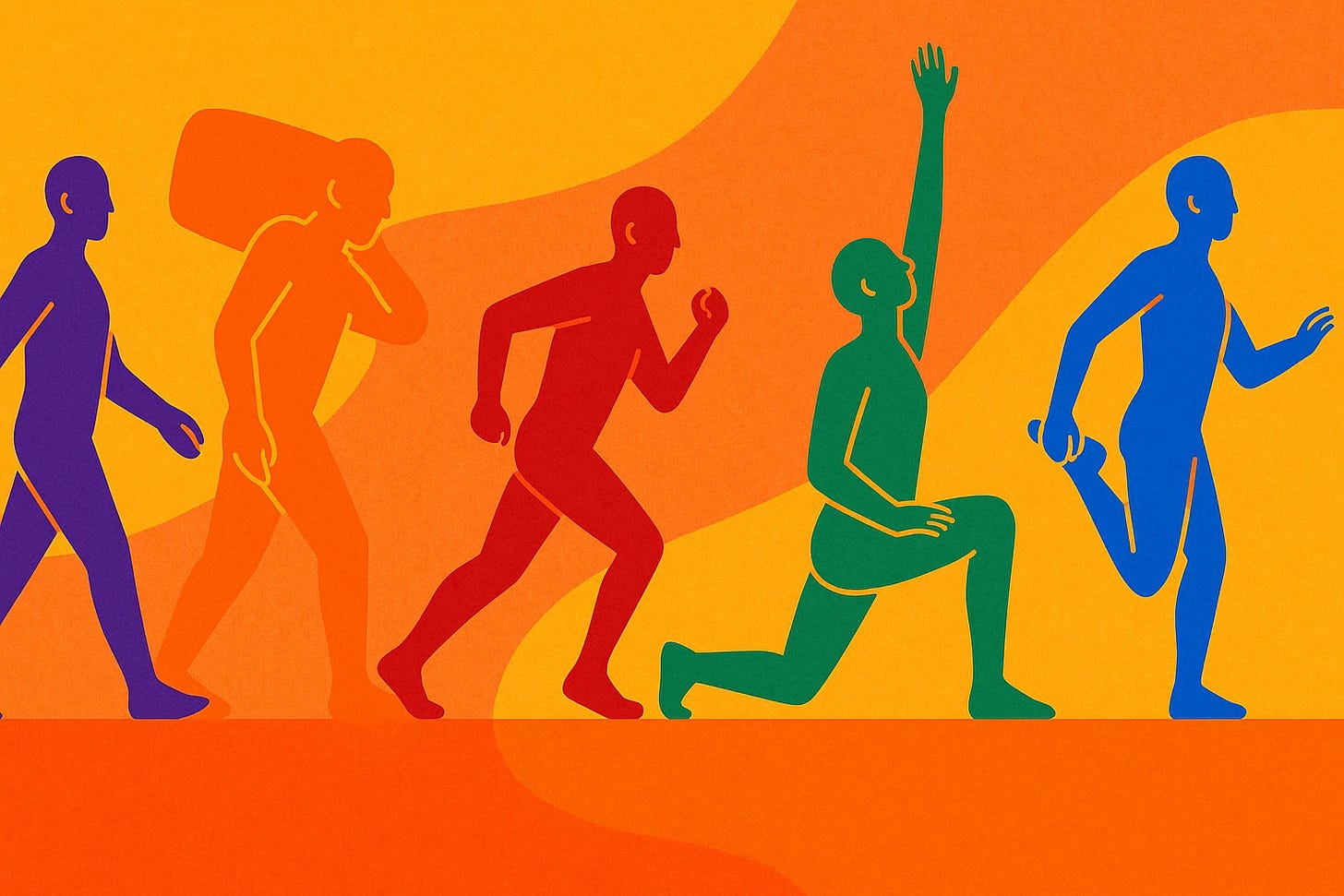
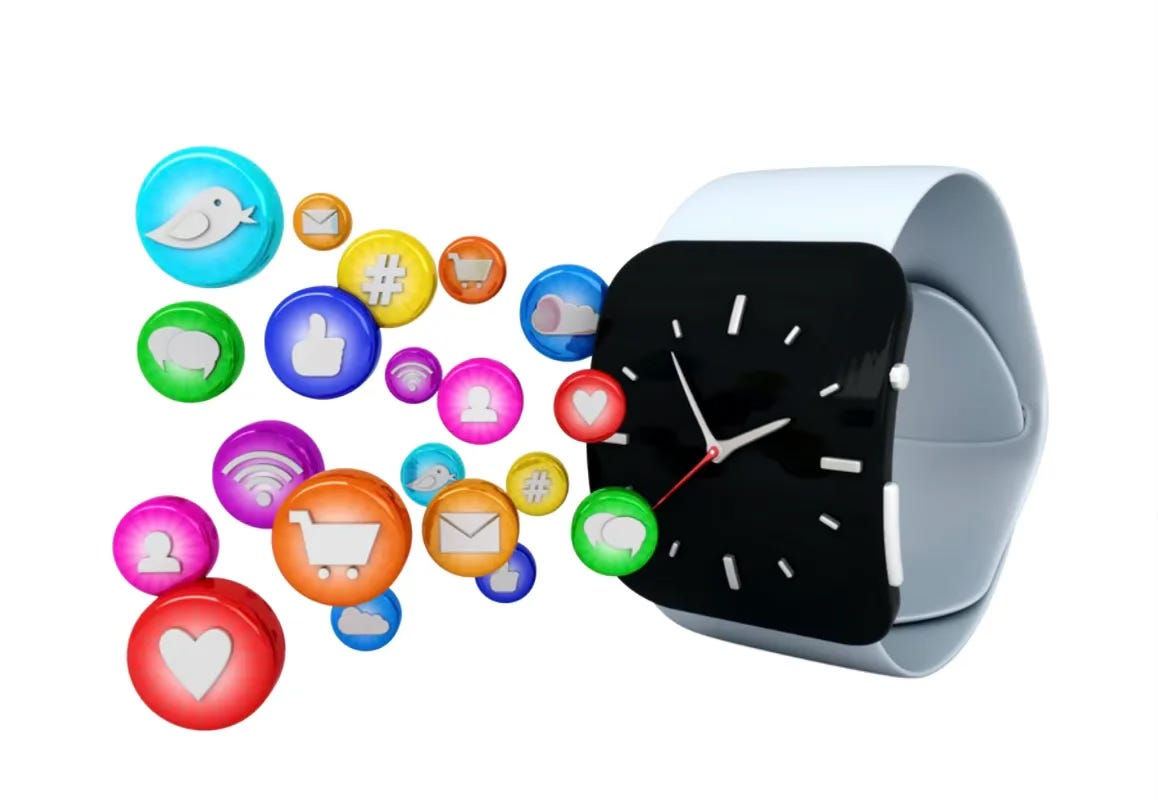
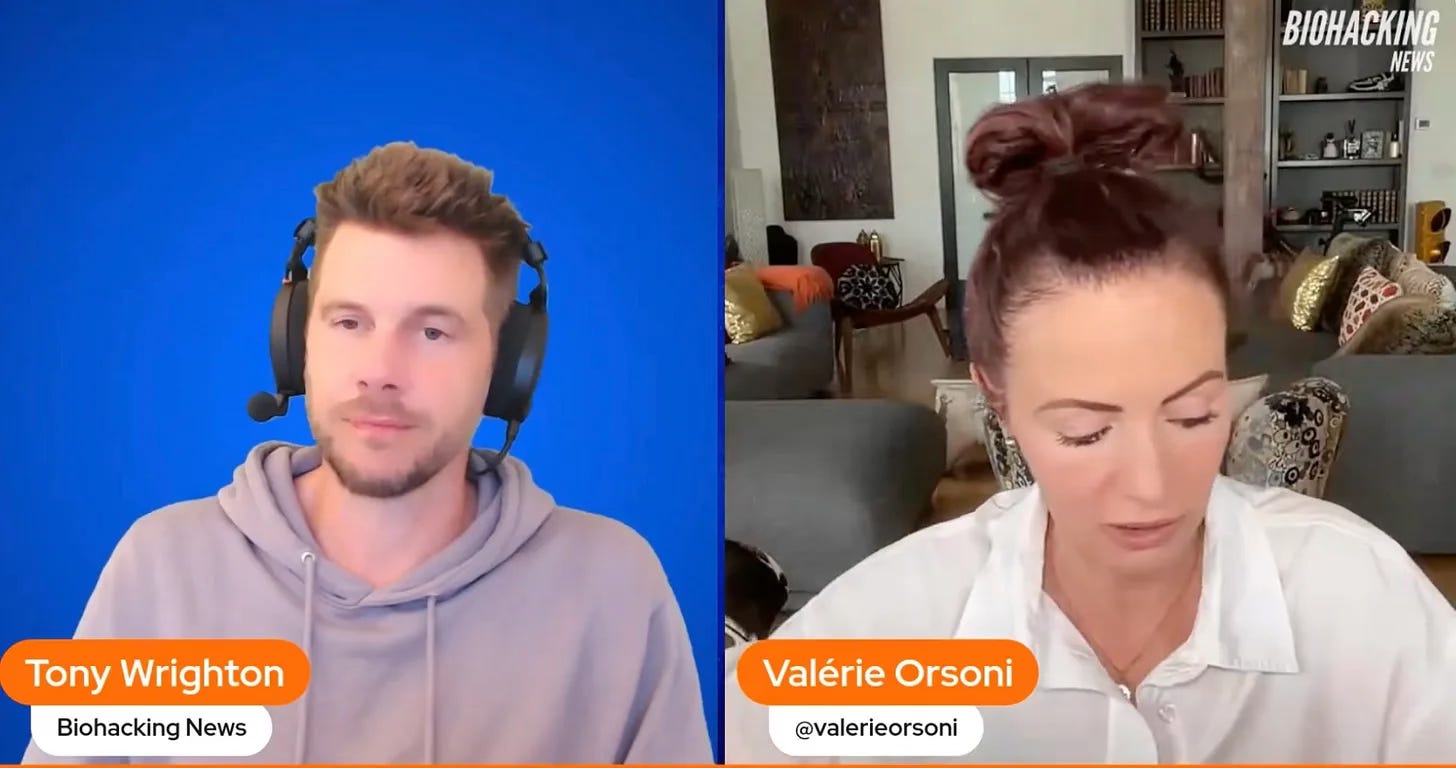
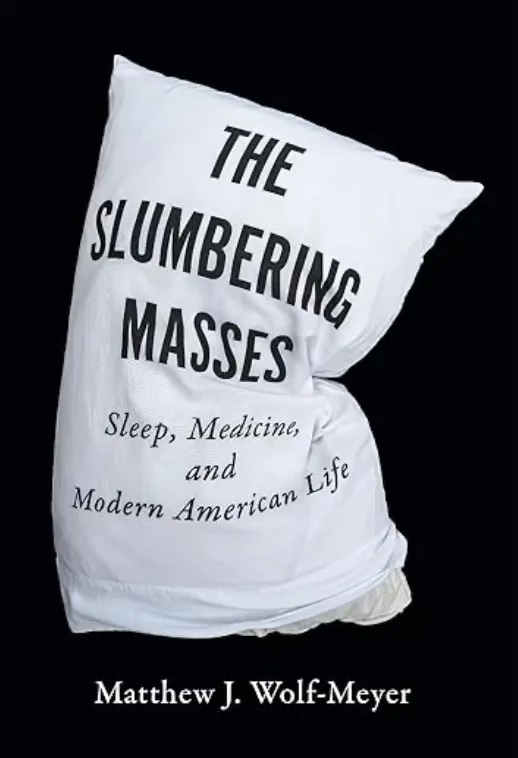
![[Free content] 💫 8 Hours of Sleep: The Big Lie](https://substackcdn.com/image/fetch/$s_!ETED!,w_1300,h_650,c_fill,f_auto,q_auto:good,fl_progressive:steep,g_auto/https%3A%2F%2Fsubstack-post-media.s3.amazonaws.com%2Fpublic%2Fimages%2F44c859d6-3083-4e43-966e-0522c0a3f57e_1224x810.heic)
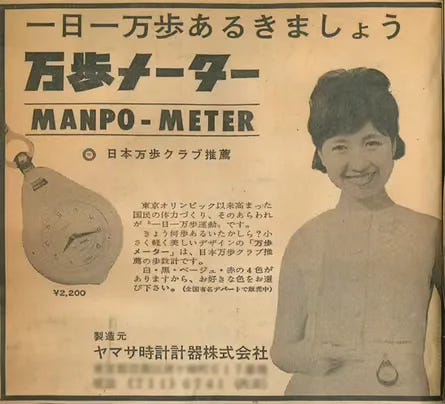
I personally wear an Oura, and Apple Watch, and an Apollo Neuro. I feel like I look silly to those who don't know, but I use little bits of data from each one. No one device is yet accurate enough to record everything. So I put the pieces together and use my own judgment and knowledge of my body to use the data to make incremental improvements. Don't let it become a prison.